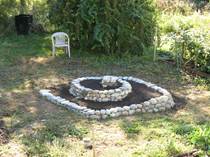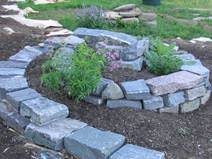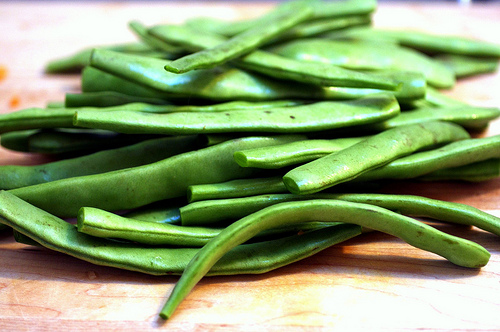Here are some last minute ideas for the gardener on your list. And by the way, you can also always offer them a gift certificate to our greenhouses; nothing says "optimism" like a gift they can't use until the days are long and the soil is warm!
- I learned about this crafty gift tag site here. It's not too late to add some easy, homemade (ie extra credit) to your gift giving.
- And who wouldn't like an interesting houseplant hanging out in here?
- Or how about this fun little project for the front door?
- This is our favorite gardening glove.
- You could purchase a nice weekly calendar for the gardener in your life and write down all of these monthly tips on the appropriate pages. You could even go to our blog post on succession planting and help make them a garden plan with all the reminders they need to plant their favorite crops on the correct dates.
- Our friends at Square Deal Farm do a great job with maple syrup and pancake mix. And they will ship just about anywhere.
- One of the stores to whom we sell our plants, Woodstock Farmers Market, suffered some huge setbacks during the Hurricane Irene floods in late August. They are back up and running after a heroic effort to get the store back in shape, and they have an incredible selection of items that they can ship anywhere.
- Healthy Living, another one of our cherished wholesale accounts, is offering discounts on gift cards between now and Dec. 20th.
- A do-it-yourself garden bench is a sweet and lovely project to work on all winter if you have a nice work space in the basement.
- If you have some fruits in the freezer from the garden or a local farm, you might want to consider making a chutney to preserve in nice, decorative jars.
- A nice basket of squashes, garlic, onions, potatoes from the garden is thoughtful and practical. You can also make onion or garlic breads, wreaths of dried chilies, or herb swags. If not this year, it is something to keep in mind for next year.











